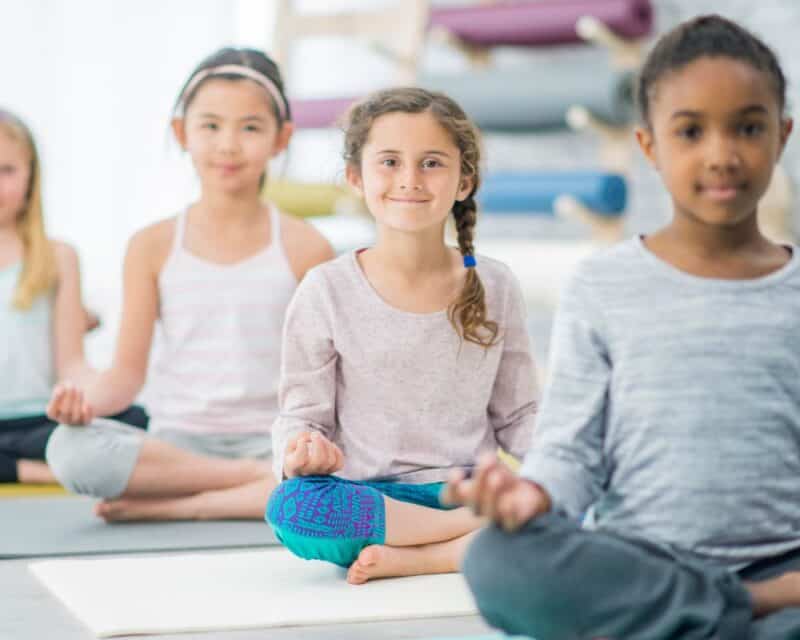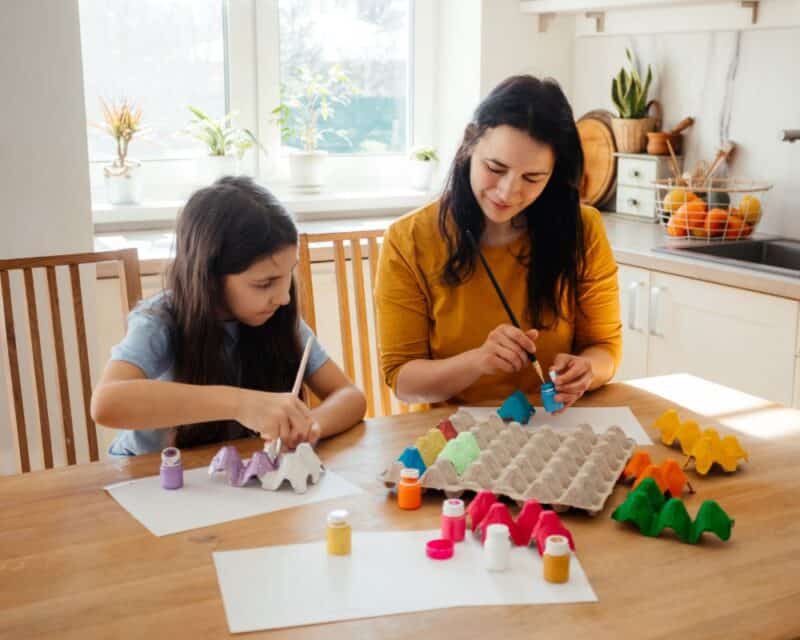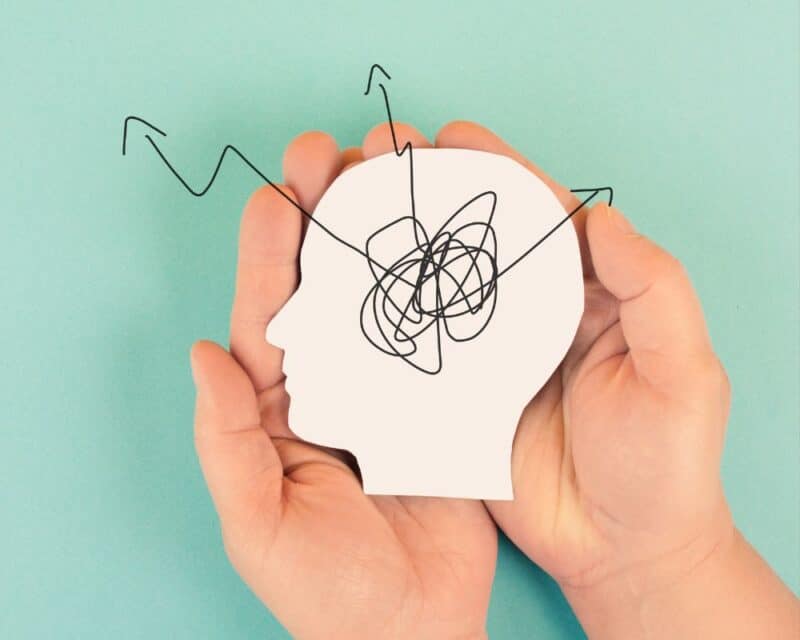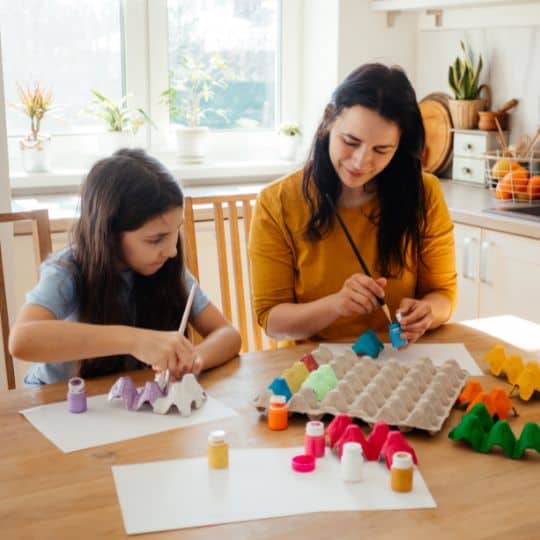In an age where children face numerous pressures and distractions, incorporating mindfulness and meditation into their daily routines is vital for nurturing their mental health. These practices are more than just relaxation techniques; they equip children with critical emotional and thought regulation skills, fostering a sense of inner peace and resilience that is invaluable in today’s fast-paced world.
Understanding the Essence of Mindfulness and Meditation

Mindfulness is about being fully aware and engaged in the present moment, observing thoughts and feelings without judgment. Meditation, often intertwined with mindfulness, involves focused attention or controlled breathing to achieve mental clarity and emotional calmness. Both practices cultivate an awareness that helps children better understand and manage their emotions and reactions.
The Profound Benefits
Engaging in mindfulness and meditation has a host of benefits for children:
- Stress Reduction: These practices effectively lower anxiety and stress, promoting a sense of calm in challenging situations.
- Enhanced Concentration: Regular mindfulness exercises improve attention span and concentration, aiding academic and personal pursuits.
- Emotional Regulation: Mindfulness aids in recognizing and managing emotions, contributing to better impulse control and emotional maturity.
- Increased Empathy: Children become more empathetic towards others by fostering a deeper understanding of their own emotions.
- Better Sleep: Meditation practices, particularly before bedtime, can improve sleep quality, which is crucial for a child’s development and daily functioning.
Integrating Mindfulness and Meditation in Daily Life

Start with Short Sessions
Begin with just a few minutes of mindfulness or meditation daily, gradually increasing the duration as your child becomes more comfortable with the practice.
- Use Guided Imagery: Help your child focus during meditation by using guided imagery – describing peaceful scenes or journeys to help them visualize and relax.
- Incorporate Mindful Moments: Encourage your child to take mindful breaks during the day, like feeling the sun on their skin or listening to the sounds of nature, to reconnect with the present.
- Practice Together: Make mindfulness and meditation a family activity. This not only sets a positive example but also strengthens your family bond.
Supporting Resources
Apps like ‘Headspace for Kids’ and ‘Calm Kids’ offer user-friendly, engaging platforms for introducing children to mindfulness and meditation. They provide a variety of guided sessions suitable for different ages and attention spans, making the practices accessible and enjoyable.
Connecting with Mental Health Organizations

For further information and support, organizations like YoungMinds and Place2Be provide many resources. They offer advice, support, and information, along with in-school mental health initiatives, which are pivotal in advancing children’s mental health in the UK.
Conclusion
Integrating mindfulness and meditation into your child’s routine is a key investment in their mental health. These practices provide temporary relief and equip children with lifelong skills for managing their emotions and thoughts, paving the way for a more balanced, mindful, and resilient future. As parents and caregivers, guiding our children through these practices can be one of the most rewarding aspects of our journey with them.

